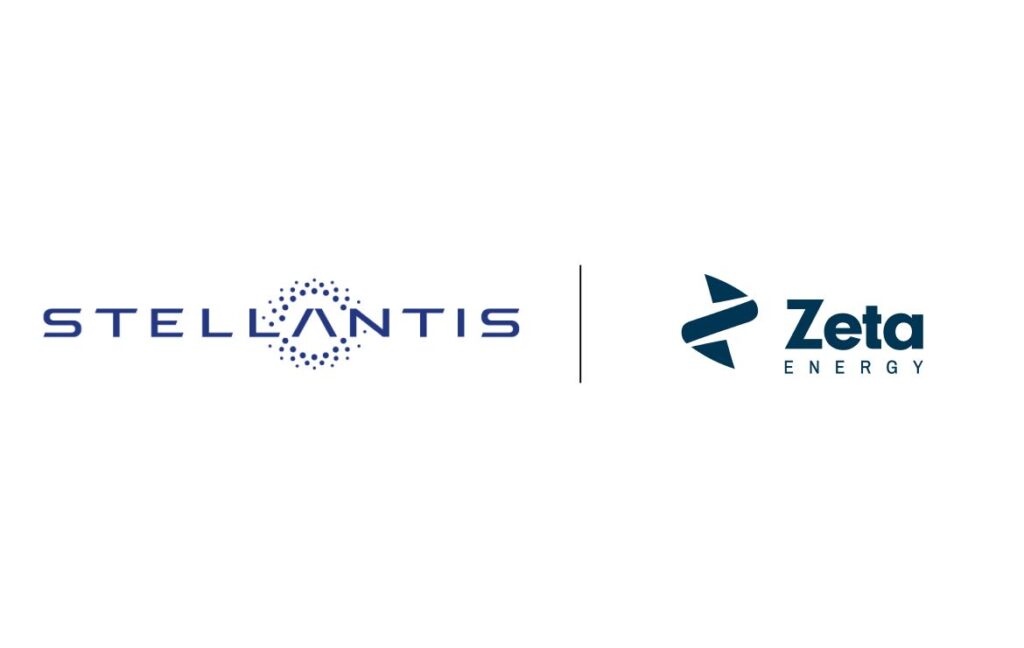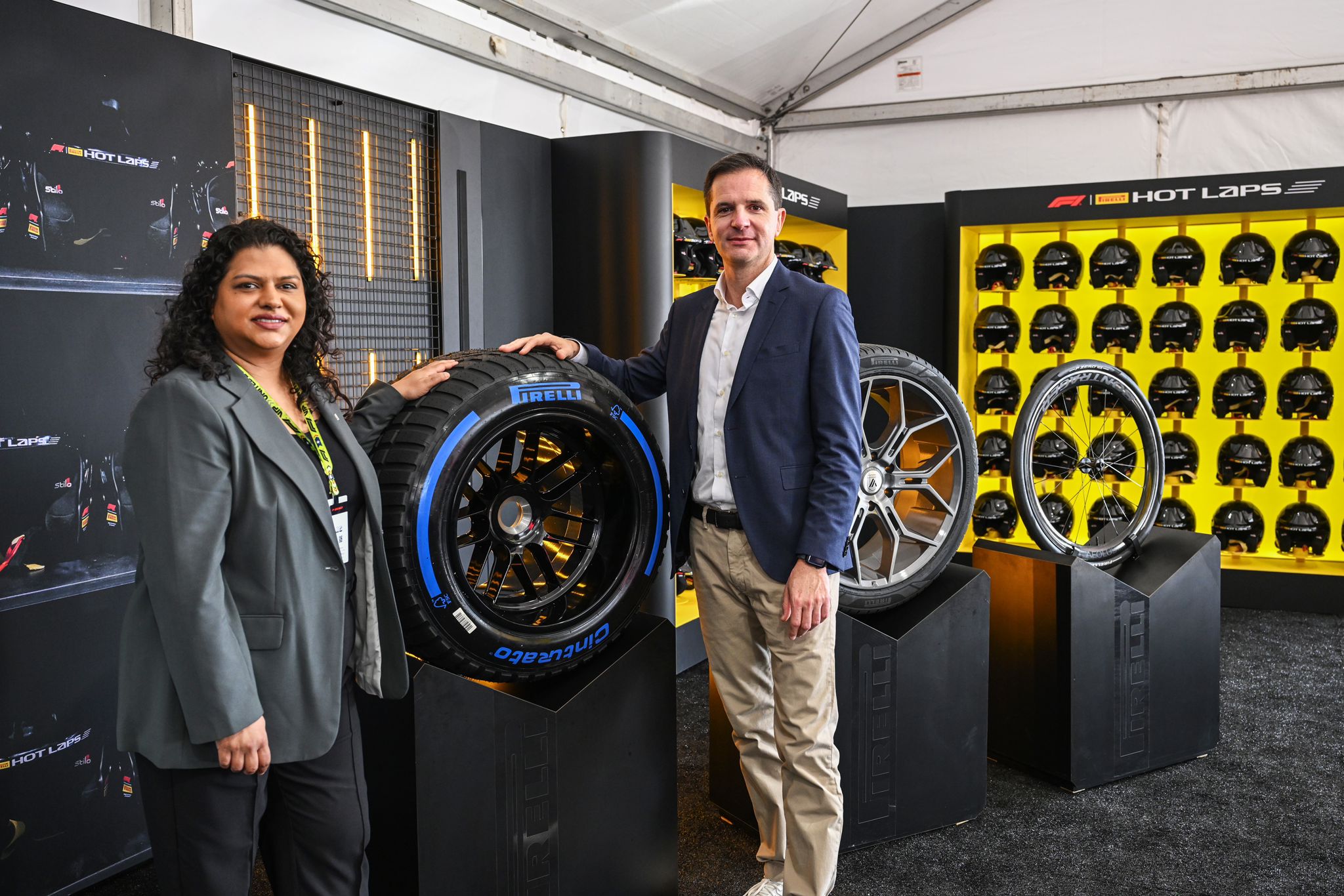
As means of shrinking down the excess load of carbon in the atmosphere, the direct air capture field has faced an uphill battle. Still, the potential for scaleup and acceleration beyond the capabilities of natural carbon removal systems is a tantalizing prize. Now the payoff is finally coming into view with a game-changing contribution from the field of carbon mineralization.
A Direct Air Capture Solution For A Geothermal Power Plant
Out-doing trees and other natural systems for atmospheric carbon removal is a neat trick. An even neater trick is to do it economically.
The Swiss direct air capture firm Climeworks has been hammering away at the challenge since launching in November of 2009. The company blows air through carbon-grabbing filters, which are then subjected to a heat process to release the carbon. The big question is who’s gonna pay for all this, and part of the answer is geothermal power plants.
In 2017, Climeworks hooked up with the Icelandic startup Carbfix on a carbon emissions solution at the Hellisheiði geothermal power plant, located at the Hellisheiði Geothermal Park in Iceland. By that time Carbfix already had its subsurface carbon mineralization technology up and running at the site (both the plant and the Geothermal Park belong to ON Power, a subsidiary of the firm Reykjavik Energy, and Carbfix became an ON subsidiary in 2019).
For those of you new to the mineralization (aka “rock weahtering”) topic, Carbfix offers this plain language explanation:
Carbonated water is acidic. The more carbon you can pack into water, the more acidic the fluid will become. Carbfix’s carbonated water reacts with rocks underground and releases available cations such as calcium, magnesium and iron into the water stream. Over time, these elements combine with the dissolved CO2 and form carbonates filling up the empty space (pores) within the rocks
“The carbonates are stable for thousands of years and can thus be considered permanently stored,” Carbfix further notes.
“The timescale of this process initially surprised scientists. In the CarbFix pilot project, it was determined that at least 95% of the injected CO2 mineralizes within two years, much faster than previously thought,” Carbfix adds for good measure.
As for why a geothermal power plant should need a direct air carbon capture system on site, that’s a good question. Although geothermal energy is a renewable resource, the steam from the Hellisheiði geothermal power plant includes carbon and other volcanic gases. Carbon emissions at the facility have been estimated at less than 5% of those from an equivalent coal power plant. Still, there is always room for improvement. Carbon capture and mineralization offers ON Power an opportunity to mop up the remainder, strengthening Iceland’s marketing position as the go-to place for businesses and industries to operate on a low-carbon energy footing.
Next Steps For Direct Air Capture
When the initial Hellisheiði collaboration surfaced on the CleanTechnica radar, it consisted of hooking up Climeworks’s pilot-sized “Arctic Fox” direct air capture facility with Carbfix’s carbon injection well at the site, with the geothermal power plant supplying renewable energy to run the process.
I caught up with the two collaborators on a visit to Iceland during the first week of June this year and much water has passed under the bridge since 2017. By May, Climeworks had its commercial scale “Mammoth” carbon capture facility under way at the Hellisheiði site alongside Carbfix’s mineralization well, drawing from lessons learned on the Arctic Fox project.
The latest news from Climeworks includes a new round of equity funding in July, and the successful demonstration of a mobile direct air capture unit in Saudi Arabia. The project is hosted by the climate think tank KAPSARC and supported by the Saudi Energy Ministry.
The mobile project is significant because it indicates that Climeworks can transfer its DAC technology from the frigid, stormy environment of Iceland to hot and arid conditions.
The mobile unit is just for starters. “The DAC unit is part of a broader feasibility assessment launched under the Ministry of Energy, following a Memorandum of Understanding signed between KAPSARC and Climeworks at the Saudi Green Initiative Forum in December 2024,” Climeworks explained in a press statement.
Next Steps For Carbon Mineralization
Climeworks also has another project under consideration by the UK. Meanwhile, on June 20 Carbfix and ON Power announced a milestone in the progress of their Project Silverstone carbon capture and mineralization initiative, with the official launch of the new “Steingerður” facility at Hellisheiði.
The Steingerður facility deploys Carbfix’s direct water capture to remove 95% of carbon dioxide and hydrogen dioxide from the power plant’s geothermal steam. “The injected gases are dissolved in water and mineralized in underground basalt, transforming them into solid rock within two years,” CarbFix noted in an email to CleanTechnica.
The CEO of Carbfix, Edda Sif Pind Aradóttir, also indicated that Iceland and Silverstone are poised to set the stage for similar projects elsewhere.
“Silverstone marks an important step in the increased utilization of Carbfix’s proven technology in connection with domestic energy production, while at the same time laying the foundation for more projects based on pan-European regulations,” he said.
Next Steps For Carbon Capture & Mineralization
The carbon capture and sequestration field got off to a rocky start here in the US. In the early 2000’s the ambitious FutureGen project was promoted as an economical fix for coal power plant emissions, but the idea proved uneconomical and the plug was pulled on the $1 billion project in 2015.
To further muddy the climate action waters around carbon capture and sequestration, fossil energy producers commonly use injected carbon dioxide to stimulate underperforming oil and gas wells, which explains why stakeholders in that industry have been promoting carbon capture.
In contrast, mineralization provides a pathway for climate-aware businesses to invest in carbon sequestration without the fossil fuel baggage. Voluntary carbon markets can provide an economic model, but that requires standardization and third-party verification.
In that respect, Carbfix and Climeworks passed a significant milestone back in 2022, when the global quality assurance and risk management firm DNV validated their certification methodologies for direct air carbon capture and
“The methodology has been validated in line with ISO 14064-2 and verifies the integrity of Climeworks’ CDR, thus enabling the delivery of certified CDR, and leading industry action with high environmental integrity,” Carbfix explains. “With these much-needed methodologies, Climeworks and Carbfix aim to contribute to the standardization and scale-up of high-quality, permanent removals.”
Image (cropped): Carbon mineralization plays a key role in the new “Mammoth” direct air carbon capture project in Iceland, a collaboration between Climework, Carbfix and ON Power (courtesy of Carbfix).
Sign up for CleanTechnica’s Weekly Substack for Zach and Scott’s in-depth analyses and high level summaries, sign up for our daily newsletter, and follow us on Google News!
Have a tip for CleanTechnica? Want to advertise? Want to suggest a guest for our CleanTech Talk podcast? Contact us here.
Sign up for our daily newsletter for 15 new cleantech stories a day. Or sign up for our weekly one on top stories of the week if daily is too frequent.
CleanTechnica uses affiliate links. See our policy here.
CleanTechnica’s Comment Policy




